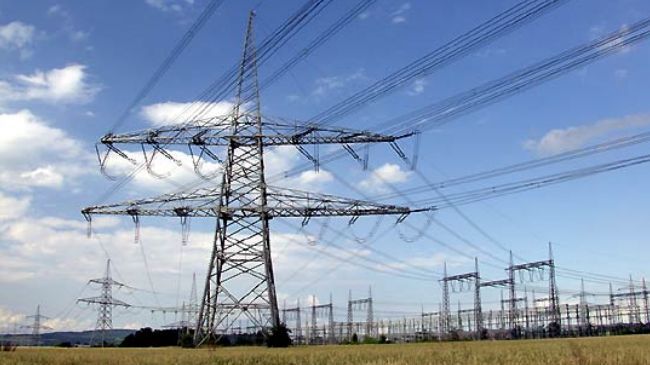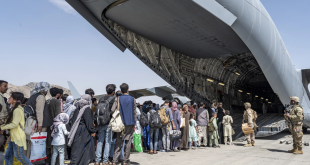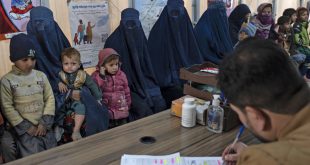AT Monitoring Desk-KABUL: The energy-rich Central Asian republic, Kazakhstan, is mulling over electricity export to Afghanistan, Pakistan and China.
Pointing to installation of proper high-voltage electricity lines, Chairman of the Kazakhstan Electricity Grid Operating Company (KEGOC), Bakytzhan Kazhiyev, said that the project would require essential infrastructure.
“Kazakhstan is considering export and transit opportunities and we are considering different directions. Looking at the Russian direction, we have seen electricity surplus there. We know they have approximately 2,000 mW surplus of energy. Despite this, today there is agreement between Ekibastuz GRES-2 and electricity is supplied to the Russian Federation in the volume 200-300 mW,” KazTag quoted him as saying.
According to the KEGOC, electricity in Kazakhstan is generated by 111 power plants of various form of ownership. The total installed capacity of power plants in Kazakhstan is 21307.2 MW and available capacity is 17503.5 MW.
In 2013, Kazakhstan produced 91.9 billion kWh, which is a 1.8% increase compared to 2012. 14 electricity generation projects are included in the country’s industrial program, eight of which have been completed. The state has set a goal for the share of generation from renewable energy sources to reach 3% in 2020 (and about 10% by 2030).
According to the Ministry of Industry and New Technologies, Kazakhstan hopes to produce 150 billion kWh of electricity by 2030. Almost 75% of the country’s power generation comes from coal-fired plants located in the northern coal producing regions. Kazakhstan’s hydroelectric facilities are located primarily along the Irtysh River, which flows from China across northeast Kazakhstan.
Turkmenistan has also planned to export electricity to Afghanistan from a 400 megawatt gas-fired plant.
The 400 MW Zerger plant will be built in Lebap province of Turkmenistan, approximately 600 kilometer northeast of Ashgabat.
Currently, Afghanistan produces less than 300 MW from domestic source, mainly hydropower and if we consider the thermal plants, then from diesel.
Once built and function, the Turkmen government will export power to Afghanistan for 10 years based on a power purchase agreement with Kabul. The deal is part of a project to assist in the reconstruction of Afghanistan.
According to a news report published by the Power Engineering International on its website, Mitsubishi Hitachi Power Systems (MHPS) has won the contract to install the power generation system at the plant. MHPS will supply three sets of its M701 DA gas turbine and generator to the Zerger plant for national utility Turkmenenergo.
The turbines will be delivered to Sumitomo Corporation, which is the EPC contractor for the plant, which is scheduled to be operational in 2018.
Afghan government is also interested in Central Asia South Asia (CASA-1000) power project. According to Secretary General of New Beginning Network (NBN) Alias Wardak, supply of 1,000MW power from Kyrgyzstan and Tajikistan to Pakistan via Afghanistan as well as 300MW electricity to Afghanistan would improve political and economical ties between Islamabad and Kabul.
He said that CASA-1000 would complete within five months (summertime) at a total cost of $1.17 billion. The World Bank (WB), Islamic Development Bank (IDB), European Investment Bank (EIB) and USAID will support the project. The project will be completed by 2020 and Afghanistan will get annually $46 million in transit fee.
In Afghanistan there is potential to generate 314,500 MW of electricity from solar, wind and water, but the country still imports 76.26 percent of its power from neighboring countries.
According to statistics the 1,150 MW consuming electricity in the country 250 MW is generated from domestic resources and remaining 900 MW is imported from neighboring countries. Currently, around 40 percent Afghans have access to regular electricity. To provide electricity to all countrymen there is need for 5,000 MW.
 Afghanistan Times
Afghanistan Times




